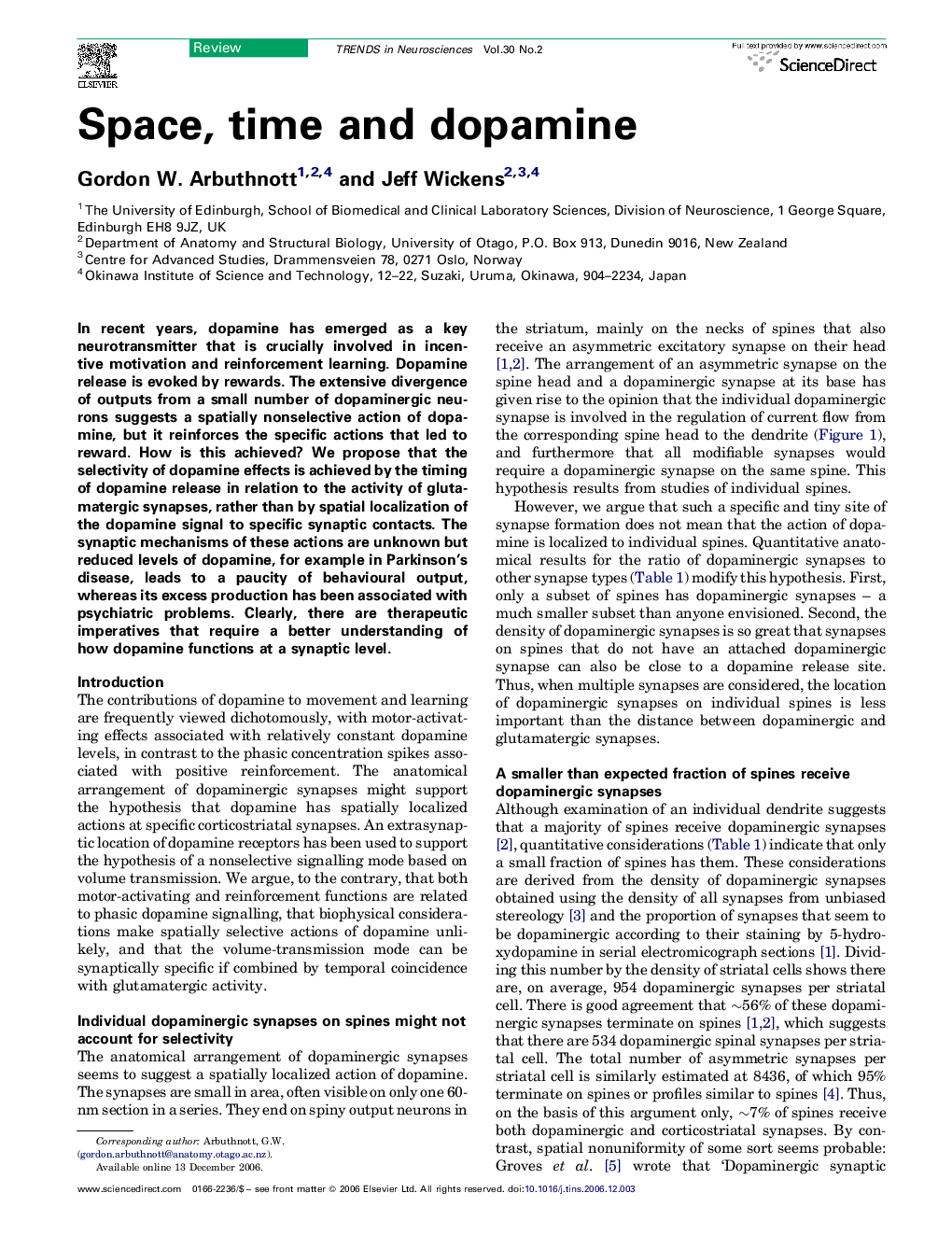| Article ID | Journal | Published Year | Pages | File Type |
|---|---|---|---|---|
| 4355011 | Trends in Neurosciences | 2007 | 8 Pages |
In recent years, dopamine has emerged as a key neurotransmitter that is crucially involved in incentive motivation and reinforcement learning. Dopamine release is evoked by rewards. The extensive divergence of outputs from a small number of dopaminergic neurons suggests a spatially nonselective action of dopamine, but it reinforces the specific actions that led to reward. How is this achieved? We propose that the selectivity of dopamine effects is achieved by the timing of dopamine release in relation to the activity of glutamatergic synapses, rather than by spatial localization of the dopamine signal to specific synaptic contacts. The synaptic mechanisms of these actions are unknown but reduced levels of dopamine, for example in Parkinson's disease, leads to a paucity of behavioural output, whereas its excess production has been associated with psychiatric problems. Clearly, there are therapeutic imperatives that require a better understanding of how dopamine functions at a synaptic level.
